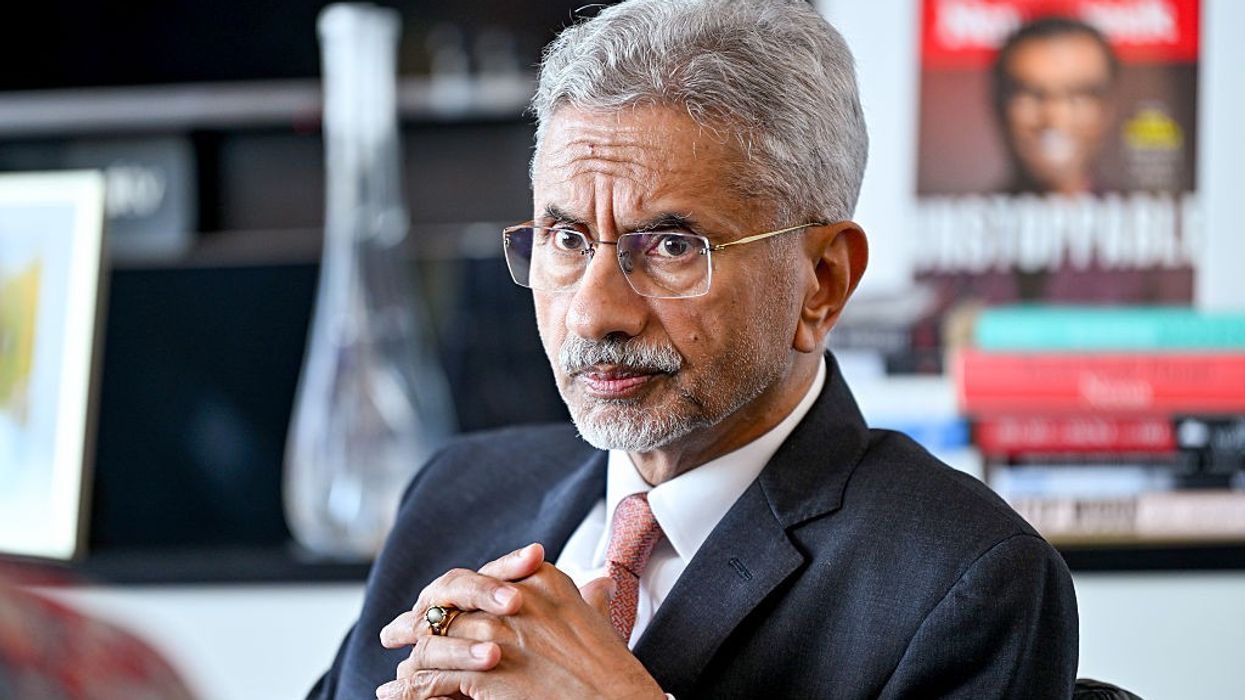INDIA'S leading hospital chains are redirecting their attention towards smaller centres and facilities as they seek expansion in the thriving healthcare market. This strategic shift is driven by the challenges posed by escalating real-estate costs and the scarcity of land space in urban areas.
Despite the persistent shortage of healthcare facilities in many parts of India, particularly in towns and smaller cities, patients in the nation with the world's largest population are increasingly favouring specialized yet easily accessible amenities in the post-Covid era.
This emerging trend is anticipated to be the cornerstone of demand in the Indian healthcare sector, projected to nearly triple in value over eight years, reaching $458 billion (£362 billion) by 2030 according to forecasts by global consulting firms Boston Consulting Group and B Capital.
Read: Top India hospital involved in ‘cash for kidneys’ trade alluring Myanmar poor: UK daily
Dilip Jose, managing director and CEO of Manipal, India's second-largest hospital chain under Temasek ownership, emphasized the shift in focus towards units with 250-325 beds rather than constructing large facilities with 600-700 beds. This adjustment is not only in response to changing consumer preferences but also reflective of infrastructure challenges, with metropolitan Indian cities facing traffic issues that hinder easy access to large hospitals.
Read: Maharashtra hospital lands in trouble with 31 deaths in 48 hours
Hospitals are now strategically evaluating "micro markets" within cities and constructing smaller facilities to cater to specific needs. With only 1.3 beds per 1,000 people, well below the World Health Organization's recommended ratio of 3 per 1000, India requires an additional 2.4 million beds, according to a study by property consultancy Knight Frank and Berkadia.
In addition to addressing infrastructure gaps, healthcare providers are adopting strategies to maximise efficiency and cost-effectiveness. Saurabh Mehrotra, executive director of Valuation and Advisory at Knight Frank India, highlighted the trend of bringing services closer to customers, driven by economies of scale, particularly effective up to a size of 300-350 beds.
Fortis Healthcare, partly owned by Malaysia's IHH Healthcare, is adapting to volatile real-estate prices by focusing on "brownfield" sites, already developed land, for expansion. Manipal and Apollo Hospitals are embracing the "smaller is better" approach, concentrating on specific metros and Tier 2 cities.
(With Reuters inputs)















